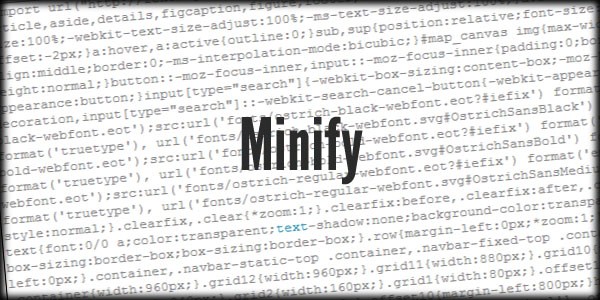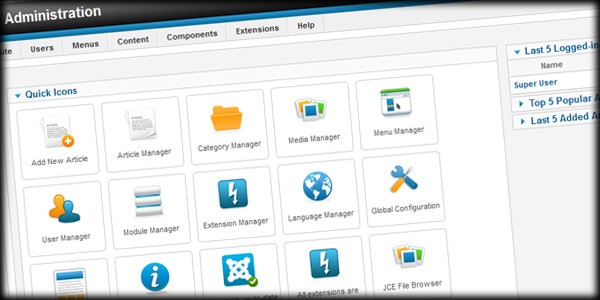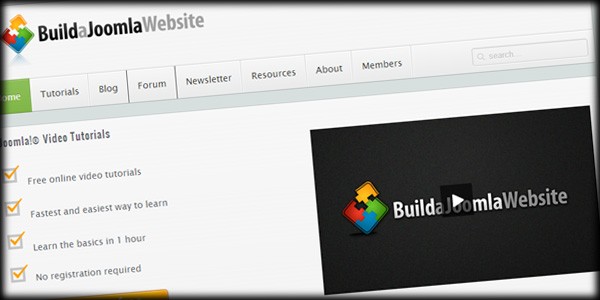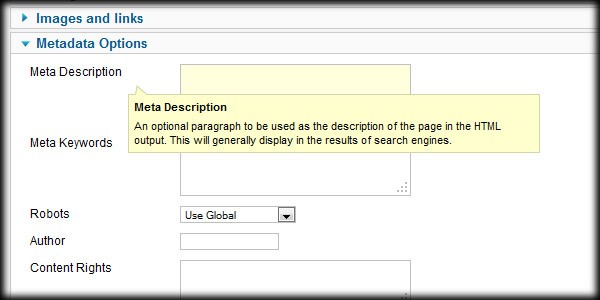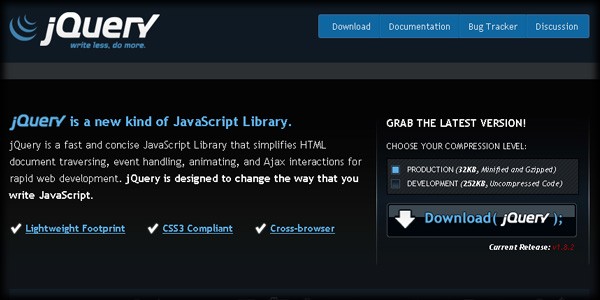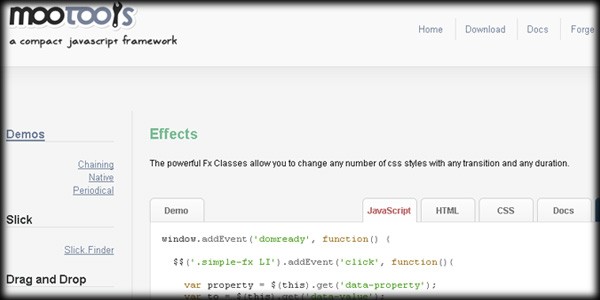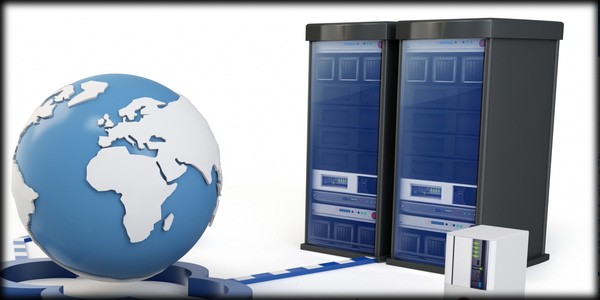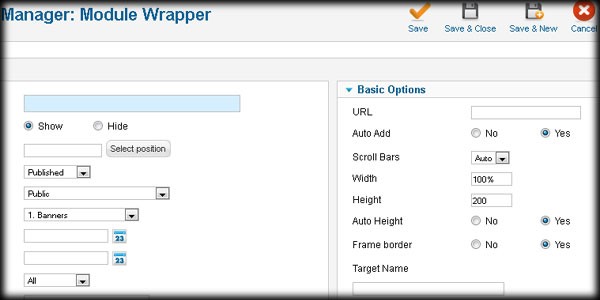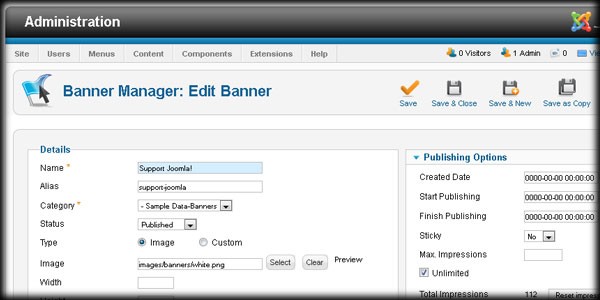Joomla Blog
The Administrator back-end of a Joomla website is the area where a user such as a Manager, Administrator or Super Administrator manages all aspects of a Joomla website, including the content, much of the behavior and functionality, and the look and feel of the front-end as well.
In a Joomla powered website, the front-end is the area that visitors interact with, as opposed to the Joomla Administrator that is used by developers and site admins to manage and update the site from the back-end. The site Template is used to display the Modules and other content in the front-end of Joomla.
- Metadata:
- Metadata is generally described as "data about data." On a very simple level, this means that it describes the actual data in some way. There are different types of metadata, but in relation to Joomla, we are talking about metatags such as description and keywords that are accessed by search engines and web browsers in order to learn something about the content on your website.
Metadata has been a very hotly debated issue over the years, and it is now thought of as quite a bit less important in terms of search engine rankings and overall Google performance. Tags such as description are still very useful, but the approach to metadata in web development has changed dramatically.
- jQuery:
- jQuery is a JavaScript library that was initially released in 2006 and is currently used by more than 55% of the 10,000 most visited websites. It is claimed to be the most popular JavaScript library today. The Joomla! Project has decided to include jQuery in the core of Joomla 3.0 and on.
While the MooTools JavaScript library will still be included in the Joomla core as well, jQuery will be heavily used as it integrates directly with the Twitter Bootstrap framework, which the Joomla CMS is based on beginning with version 3.0.
- MooTools:
- MooTools is an object-oriented JavaScript framework that is still somewhat widely used throughout the internet. It is the JavaScript library that Joomla has used since its inception. The name is taken from an acronym: My Object-Oriented Tools.
Using a JavaScript library such as MooTools allows developers to rapidly create extensions and update code, while reusing trustworthy pieces of code over and over. This saves time and is generally thought to greatly reduce errors and security problems.
- Server:
- In the Client-Server relationship, a server is the system that stores, manipulates and provides data to a client that requests it. Email servers, web servers and databases are all examples of different types of common servers.
In a Joomla setup, the server is the system including the web server, which is usually Apache, and a database. These are often on the same machine, but they can also be on different systems in a distributed server environment.
- Client:
- In the Client-Server relationship, a client refers to whoever is requesting services from a service provider, or server. Web browsing, database access and email are all examples of client-server models.
In a Joomla setup the client would be the end user who is requesting web pages and information from the server that Joomla is stored on. However, you can also view the Joomla installation itself as a part of the server.
- Wrapper:
- The Joomla core provides both a wrapper module and a wrapper menu item available by default. The purpose of the wrapper is to display content from a third party on your own website through the use of iframes. In later versions of Joomla, the menu item is referred to as an iframe wrapper.
While iframes aren't used nearly as much as they were in the past, they can still be useful in situations where you are trying to display either an entire website or multiple pages of an outside website while keeping your users on your own site. With an iframe wrapper, even the navigation of a third party website will be displayed within the module or content area.
- Banner:
- In the Joomla world, the term Banner refers to a core component of the Joomla CMS that provides advertising image management and front end display.
Banners allow site owners to insert images into one or more module positions, and although this is mostly used for advertising, it can be used for any image.

